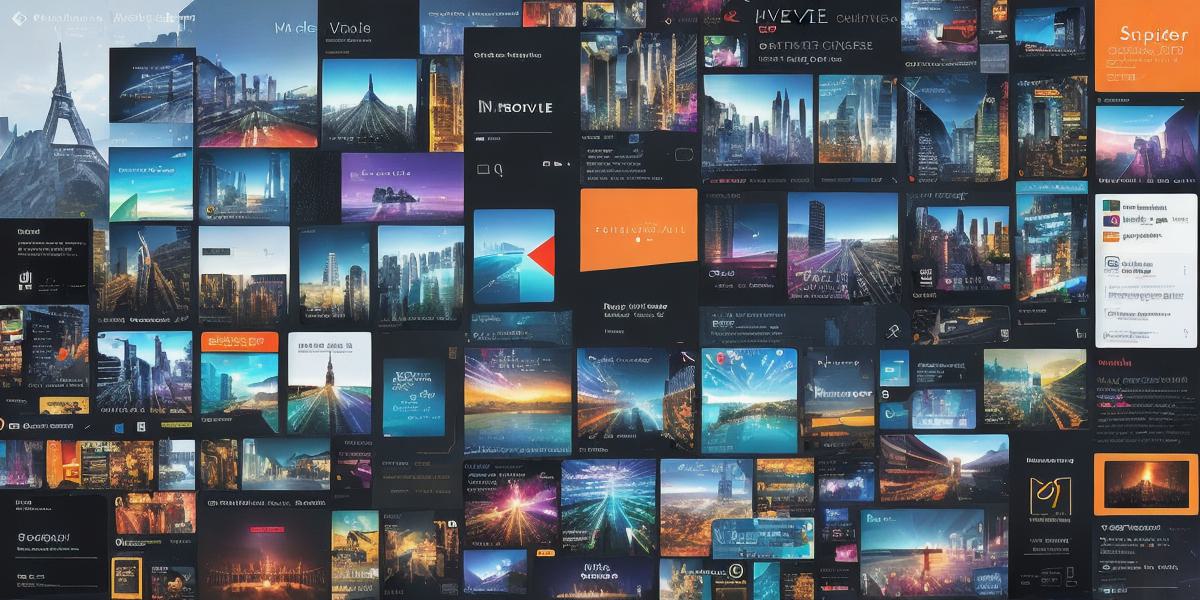The concept of the Metaverse has been gaining traction in recent years as a new way to connect, collaborate, and create in virtual worlds. But for developers, this new era also brings new challenges when it comes to effective planning and optimization. In this article, we will explore some of the best strategies for navigating these challenges and ensure that your Metaverse projects are successful.
Understanding the Challenges of Planning and Optimization in the Metaverse
One of the main challenges of planning and optimization in the Metaverse is the vastness and complexity of the virtual environment itself. Unlike traditional physical environments, the Metaverse is a constantly evolving and dynamic space, with new users, content, and technologies emerging all the time. This means that effective planning requires a deep understanding of the unique features and requirements of this virtual world.
Another challenge is the need for high performance and scalability in the Metaverse. As more users join and interact within these virtual environments, the demand for resources and infrastructure can quickly become overwhelming. Developers must ensure that their plans account for the need to scale up or down as needed, while also maintaining optimal performance levels.
Finding the Right Metrics and Tools for Planning and Optimization in the Metaverse
To overcome these challenges, developers need to find the right metrics and tools for planning and optimization in the Metaverse. One of the most important tools is real-time analytics, which allows developers to track performance metrics such as user engagement, server load, and resource utilization in real-time. This data can help developers identify bottlenecks and optimize their plans accordingly.
Another important tool is machine learning, which can be used to analyze large datasets and identify patterns and trends that may not be immediately obvious. By leveraging machine learning algorithms, developers can gain insights into user behavior and make more informed decisions about how to allocate resources and plan for future growth.

Real-World Examples of Effective Planning and Optimization in the Metaverse
There are many real-world examples of effective planning and optimization in the Metaverse. One such example is Decentraland, a popular decentralized virtual world that was launched in 2018. The platform uses a combination of real-time analytics and machine learning to optimize its performance and ensure that users have a seamless experience.
Another example is VRChat, a virtual reality social platform that was launched in 2016. The platform uses advanced algorithms to optimize its performance and ensure that users can interact with each other seamlessly, even as the number of users grows.
Summary: The Future of Planning and Optimization in the Metaverse
In conclusion, effective planning and optimization are critical for developers working in the Metaverse. By understanding the unique challenges of this virtual environment and leveraging the right tools and techniques, developers can ensure that their projects are successful and scalable. As the Metaverse continues to evolve and grow, it will be fascinating to see how these strategies and tools evolve as well.




